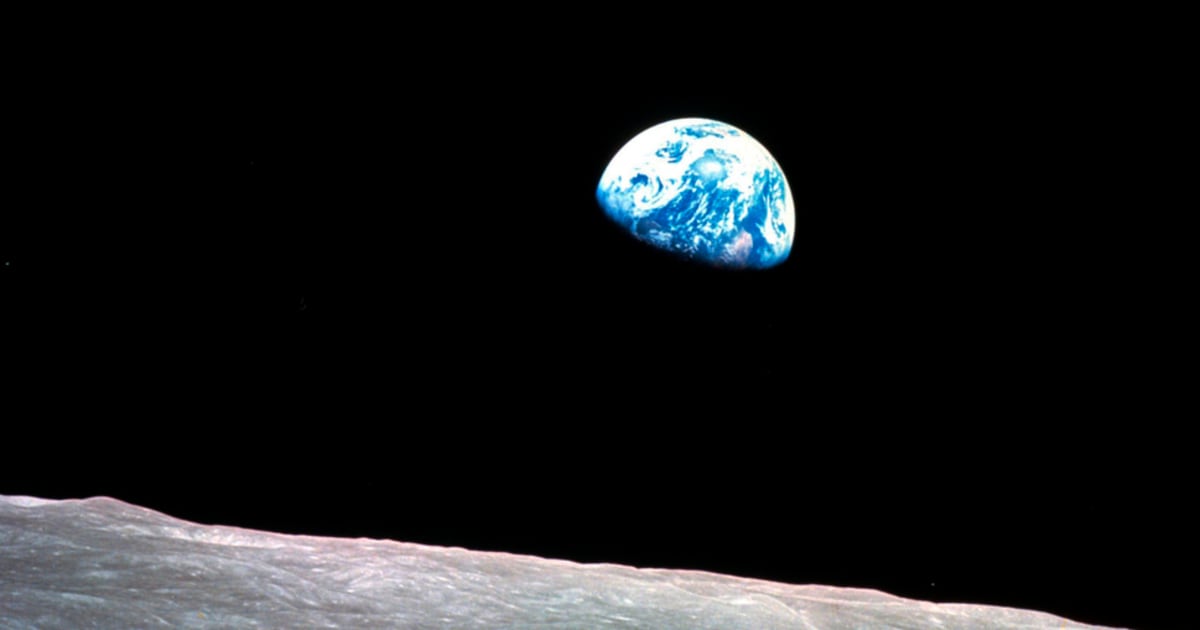Iconic Apollo 8 Astronaut William Anders Dies in Plane Crash
Retired Major General William Anders, known for capturing the iconic 'Earthrise' photo during the Apollo 8 mission in 1968, tragically died at the age of 90 in a plane crash on Friday. Piloting alone, Anders' plane plummeted into the waters of the San Juan Islands, Washington. His son, retired Air Force Lt. Col. Greg Anders, confirmed his death, expressing the family's deep sorrow.
Earthrise Photo's Lasting Impact
The 'Earthrise' photo, taken by Anders on December 24, 1968, is renowned for its significant ecological and philosophical impact. As the first color photograph of Earth from space, it dramatically transformed humanity's perspective on our planet. Seen from space, Earth appeared as a fragile, delicate blue crystal ball, sparking a global environmental movement. Senator Mark Kelly, a fellow retired astronaut, acknowledged how this image has inspired numerous explorers and astronauts. 'He was a great driver and we will miss him greatly,' said his son Greg Anders.
Life and Legacy of William Anders
Born on October 17, 1933, in Hong Kong, Anders fled with his mother during the Japanese attack on Nanjing in 1937. He was later inducted into the International Space Hall of Fame in 1983. Alongside his wife Valerie, William Anders founded the Heritage Flight Museum in Washington state in 1996, which is now a notable aviation museum featuring vintage military vehicles and aircraft. Anders' contributions to space exploration and his work with the museum leave a lasting legacy. The National Transportation Safety Board and the Federal Aviation Association are currently investigating the accident.
- William Anders’ Apollo 8 mission in December 1968 was NASA's first manned flight to leave low Earth orbit for the Moon and back. It set the stage for the Apollo 11 moon landing seven months later. Describing the mission, Anders conveyed the delicate beauty of Earth when seen from lunar orbit, likening it to a Christmas tree ornament appearing over the lunar landscape.
- Anders’ vivid recount of the mission in his 1997 NASA interview highlighted the 1-in-3 risk they took, comparing it to Christopher Columbus’ legendary voyage. 'We had been going backwards and upside down, and when we turned around, we saw the Earth rising,' Anders vividly recalled. This experience underscored the importance of space exploration despite the inherent risks.
- In 1993, Anders and his wife moved to Orcas Island, part of the San Juan archipelago, where they maintained close ties with the local community. Two of their children were actively involved in managing the Heritage Flight Museum, which houses numerous artifacts donated by veterans.






